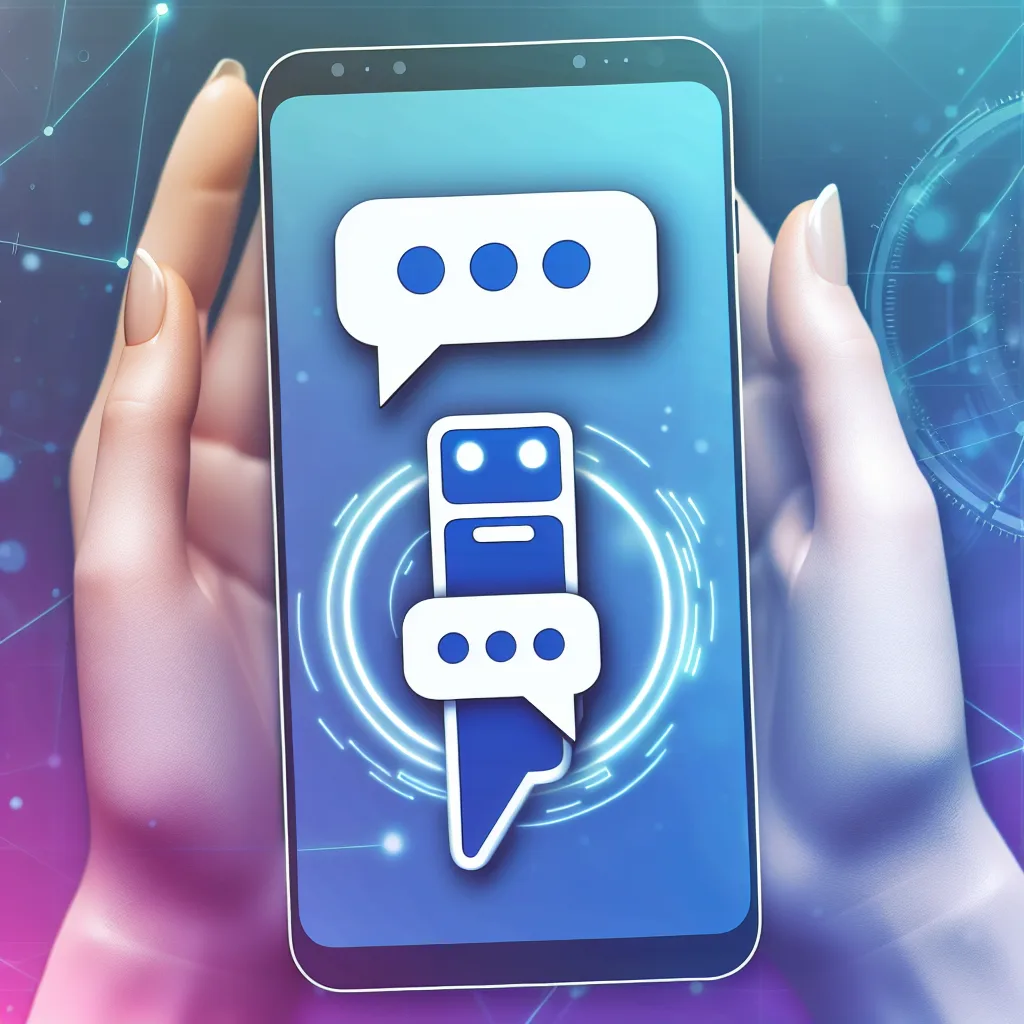Understanding the technology and boundaries behind explicit AI chatbots
If you’ve ever wondered how explicit AI chatbots operate, you’re not alone. These chatbots generate adult or explicit content, which seems surprising given that popular large language models like ChatGPT and Claude have strong guardrails against such material. So, how exactly do explicit AI chatbots work?
Let’s dive into the basics. The primary keyphrase here is “explicit AI chatbots,” which refers to AI systems programmed to engage in conversations involving explicit or adult themes. Unlike mainstream AI assistants, which are designed with strict content filters and policies to avoid anything inappropriate, explicit AI chatbots have a different setup or sometimes bypass standard restrictions.
What Are Explicit AI Chatbots?
Explicit AI chatbots are conversational agents that can generate or respond with content that’s adult in nature. This might include sexual content, strong language, or other mature themes that traditional AI systems typically avoid. The reason you see them popping up despite strict AI guidelines is that their training, deployment, or infrastructure is often quite different.
How Are Explicit AI Chatbots Made?
Most language models like OpenAI’s ChatGPT or Anthropic’s Claude are built with guardrails: rules and filters integrated during their training to prevent explicit content generation. However, explicit AI chatbots often:
- Use open-source language models that are less restricted or have been fine-tuned with explicit content.
- Employ custom filters or none at all, enabling more adult-oriented outputs.
- Sometimes leverage prompt engineering or back-channel techniques to skirt around safe-guards.
For example, some developers take open-source models like GPT-J or GPT-NeoX and train them on datasets including adult content to allow explicit conversations. Since these models aren’t bound by OpenAI’s or Anthropic’s policies, they can freely generate such content.
Why Do Guardrails Matter?
Guardrails in AI are essential for ethical reasons and to comply with legal regulations. The AI community wants to avoid inappropriate content because it can be harmful or offensive to many users. The difference with explicit AI chatbots is that they’re deployed in contexts where mature content is expected and possibly legal, or on platforms that don’t strictly police content.
Potential Risks and Considerations
While explicit AI chatbots can serve entertainment or adult industry niches, they come with risks:
– Lack of moderation can lead to generation of illegal or harmful content.
– User data privacy can be more vulnerable on less regulated platforms.
– Ethical concerns about promoting or normalizing explicit content.
Where Can You Learn More?
If you’re curious about how AI chatbots are designed and the difference between mainstream and explicit versions, these sources offer great insight:
– OpenAI’s Usage Policies explaining guardrails.
– Hugging Face Hub for exploring open-source models and their capabilities.
– Articles on ethical AI use, like from MIT Technology Review.
Wrapping Up on Explicit AI Chatbots
Explicit AI chatbots operate by using different models, datasets, and fewer restrictions compared to typical AI assistants. They thrive in spaces where adult content is expected, often by leveraging open-source tech or custom setups. But it’s important to remember that these chatbots come with additional risks and ethical questions that users and developers alike should consider.
So next time you hear about explicit AI chatbots, you’ll know there’s a mix of technology and policy behind why they work differently from your usual AI companion.
